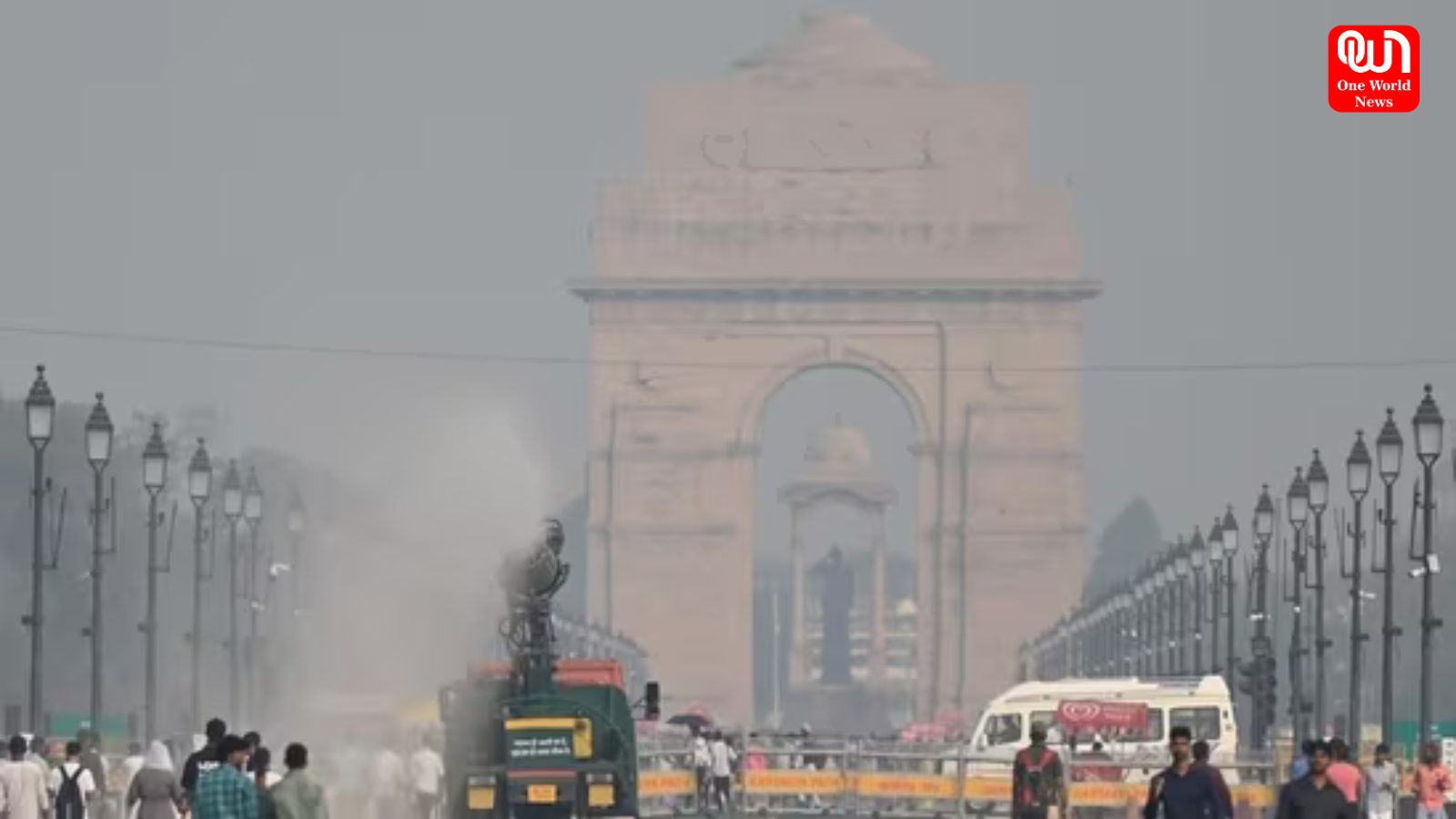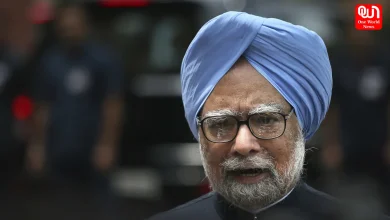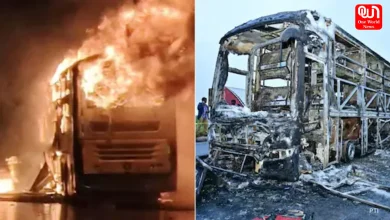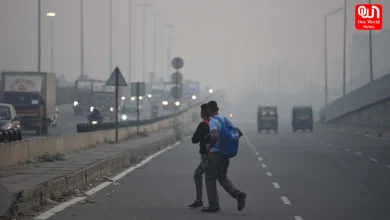Delhi’s Air Quality Poised to Deteriorate to ‘Severe’ Level Ahead of Diwali
Delhi's air quality worsens, predicted to reach 'severe' levels before Diwali due to calm winds and local pollutants, posing serious health risks.
Delhi’s Air Quality Predicted to Reach ‘Severe’ Levels a Day Before Diwali Due to Local Pollutants and Calm Winds, Raising Health Concerns

Delhi’s air quality dipped sharply on Sunday as stagnant local winds trapped pollutants near the surface, pushing the air quality index back into the “very poor” zone. This ended after a two-day brief respite as AQI again hovered in the “poor” category, for which the city is bracing itself in possibly hazardous air conditions ahead, experts warn that Delhi may have its first taste of “severe” air quality on October 30, one day before Diwali.
Read more: Path to De-escalation: India-China Disengagement in East Ladakh and Its Implications on the LAC
The Central Pollution Control Board said that, on Sunday afternoon, Delhi’s 24-hour average air quality index had reached as high as 356, sharply up from 255 the day before. An AQI of 356 is categorised as “very poor,” and it shows the speed at which the air quality in the city degrades despite the changes in wind patterns that usually help the dispersal of pollutants.
Effect of Local Pollutants: While the northward-blowing winds – usually carrying pollutants from northern states such as Punjab and Haryana – suddenly changed direction, the drop in air quality was immediate. Instead of northwest winds carrying stubble burning emissions from those regions, Delhi saw winds arriving from the east-southeast – reaching here from areas such as Uttar Pradesh and southern Haryana. This change, however, had done nothing to help the matter; for local pollutants, shut in by stillness of the winds, formed the chief source of impurities in the city’s air.
Read more: 19-year-old pregnant girlfriend killed after she asks her Boyfriend to marry her!!
The DSS is viewed as the backbone for finding sources of pollution, and it revealed that on Saturday, stubble burning accounted for only 5.5% of PM2.5 in the city, whereas on Friday, it was at 14.6%. This dismisses the claim that has been made that the air pollution peak currently being seen is largely due to the smoke from stubble entering through states sharing boundaries with Delhi.
Meteorological Factors Make Air Quality Worse: Experts at India Meteorological Department explained the reason for the bad air quality in Delhi Saturday evening and the early hours of Sunday was because there was no major breeze across the region. The directions of the wind did shift, but this was inadequate to scatter pollutants and to get heaped near the surface, hence being read out as poor AQI readings.
AQI values the CPCB categorizes: good—0-50; satisfactory—51-100; moderate—101-200; poor—201-300; very poor—301-400; severe—400+
The overall air quality has remained “very poor” in the national capital since October 21. Improvement for brief periods was recorded on Friday and Saturday but remained transitory as the capital’s signature pollution season starts with the mid-October December mark.
Forecasts for Severe Air Quality: The Centre’s Early Warning System has predicted that the city’s air quality will most likely remain in the “very poor” category between October 28 and 30. However, if additional emissions from firecracker usage and stubble burning occur, the AQI could spike to “severe” levels on October 30.
This report from EWS has shown that the meteorological conditions have currently been adverse for the dispersion of pollutants, thus any further emission will intensify the poor air quality which is currently deteriorating. In the past, Diwali has registered a significant peak in the AQI of Delhi since this festival generates a gigantic usage of firecrackers that deteriorate the currently prevailing poor air quality.
We’re now on WhatsApp. Click to join.
Role of Diwali in Poor Air Quality: It normally crosses the “severe” mark a day after Diwali in Delhi. The firecrackers associated with the celebration add up to a toxic mix of pollutants in the air, and even healthy people run the risk of severe respiratory and cardiac issues. The data for CPCB reveal that in seven of the last eight years, the AQI had peaked the day following Diwali, except for 2022, due to rather strong winds that washed out the firecracker emissions on the day of the festival since 2015.
Last year, the capital city had an AQI of 218 on the day of Diwali, the lowest in years, but its violations of the firecracker ban pushed the AQI to 358 the very next day. Likewise this year, if the city continues with the use of firecrackers, AQI could again surge into “severe” category particularly alarming considering the already prevailing poor conditions.
Low visibility and smog: As sunrise dawned over the New Delhi city on Sunday morning, visibility in the metropolis had plummeted sharply over concerns for air quality, IMD said. According to it, the visibility plummeted to as low as 1,000 metres at Palam by 7:30 AM and remained at 1,500 meters at Safdarjung. Calm winds had prevailed during the early part of the morning, coupled with low-visibility shallow fog, which had further helped lift the same.
Delhi gears up for Diwali, and possibly a massive air quality crisis, as its residents and authorities prepare to face the worst. If effective pollution control measures do not come in place coupled with strict adherence to firecracker ban, Delhi’s air quality might plunge alarmingly to dangerous levels to pose a massive threat to public health.
Like this post?
Register at One World News to never miss out on videos, celeb interviews, and best reads.








